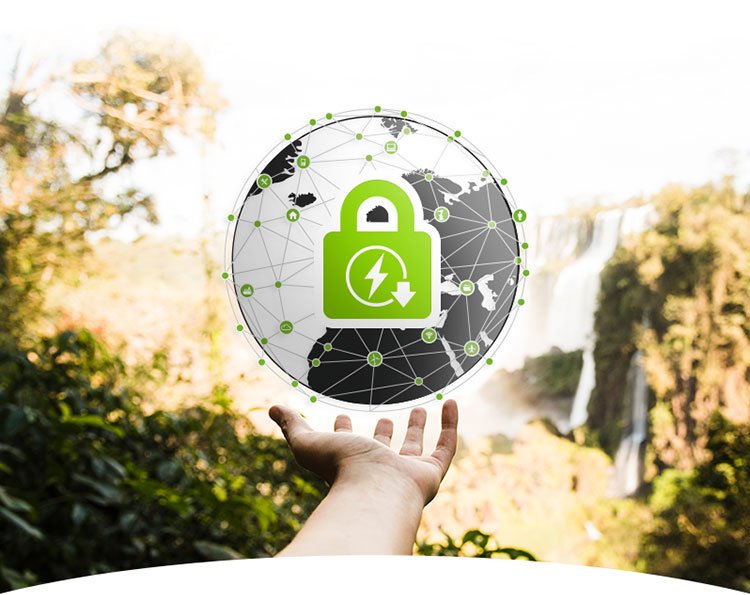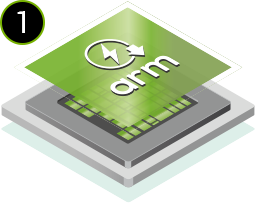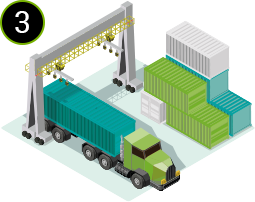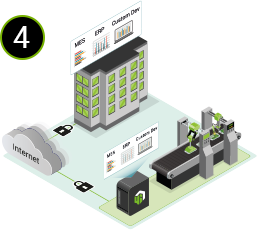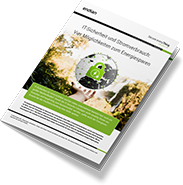Considering the current cyber threat situation, IT security is more important than ever. But many companies have yet to find the right IT security solutions for them. To ensure that IT security solutions do not consume more power than necessary and become a cost driver in the long term, energy consumption should also play a role in the purchasing decision.
The complex threat situation in cyberspace gives companies no choice - IT security has become a must for every organization. The legislature is also increasing the pressure through security regulations. In November 2022, the European Union decided to update the existing Network and Information Security Directive (NIS) by issuing the new NIS2 directive, which aims to improve network and information security. With the adoption of the NIS2 Directive as national law, stricter rules are likely to apply to many more companies.
Just as the number of malware programs on the internet increases, so does the price of electricity at the European level. It is estimated that kilowatt hours for small and medium-sized industrial enterprises will cost 52% more this year than in the year 2018. It is therefore worthwhile to pay attention to electricity consumption in IT security as well.
"Two factors are decisive for the energy consumption of security solutions, the efficiency of the software and the hardware platform on which it runs," says Endian CEO Raphael Vallazza.
ARM platform proven efficient
From an energy perspective, ARM is the most efficient hardware platform in terms of power consumption. "ARM" stands for "Advanced RISC Machine" and thus refers to a processor built on the Reduced Instruction Set Computer (RISC) architecture. Here, instructions are executed in several simple and thus faster computing operations, instead of in a single and complex one. Today, the ARM platform is used primarily in smartphones, mobile devices and IoT devices, but increasingly also in desktop and server systems.
Endian has been using the ARM platform for over 10 years and, for example, manages with a power consumption of less than 5-7 watts for industrial gateways.
Microservices save computing power
Today's cybersecurity applications are becoming increasingly sophisticated, for example the Deep Packet Inspection (DPI) technology. This tool can analyze systems down to the user level and detect over 300 IT/OT protocols and up to 2,000 applications. To ensure that not too much computing capacity is consumed here, strong optimization of the software is particularly important.
There are several options for this, such as "high asynchronous parallelization". Here, tasks are divided into smaller units and executed in parallel instead of in a strict sequence one after the other. The results are then recombined again. This significantly reduces the number of computing steps and thus the runtime, which in turn saves energy.
Endian has made improvements in its technologies, including Switchboard. This is the central management tool of the Endian Secure Digital Platform and can be used to dynamically manage user-specific rules for secure remote access. By using high asynchronous parallelization, Endian achieved an 85 percent reduction in the computing time for these rules. To run the rules for 20,000 users, the tool now takes only about 3 seconds. Shorter computing time for the same performance means less energy consumption at the same time.
Microservices save computing power
The use of microservices can also provide further advantages in terms of power consumption. Docker containers for example offer the possibility of transferring applications quickly and easily to many different computers. A software container is independent of the operating system and is built up in several layers. Depending on the host environment, each element loads the necessary components required for its execution. Containers thus require significantly less computing capacity than virtual machines.
Edge computing reduces data transfer
Since an increasing amount of data is being collected from individual sensors in the networked industry, edge computing is getting increasingly more important. Edge computing ensures that data processing is done at the location where the data originates, for example, at a branch office or a specific machine.
This offers three advantages. First, it increases IT security because less data is transferred to the cloud and therefore less exposed to the risk of theft and tamper. It also saves costs that may be generated for uploading the data. And lastly, it has a positive effect on the overall energy balance, because less data in the cloud means less energy consumption in the data centers.

